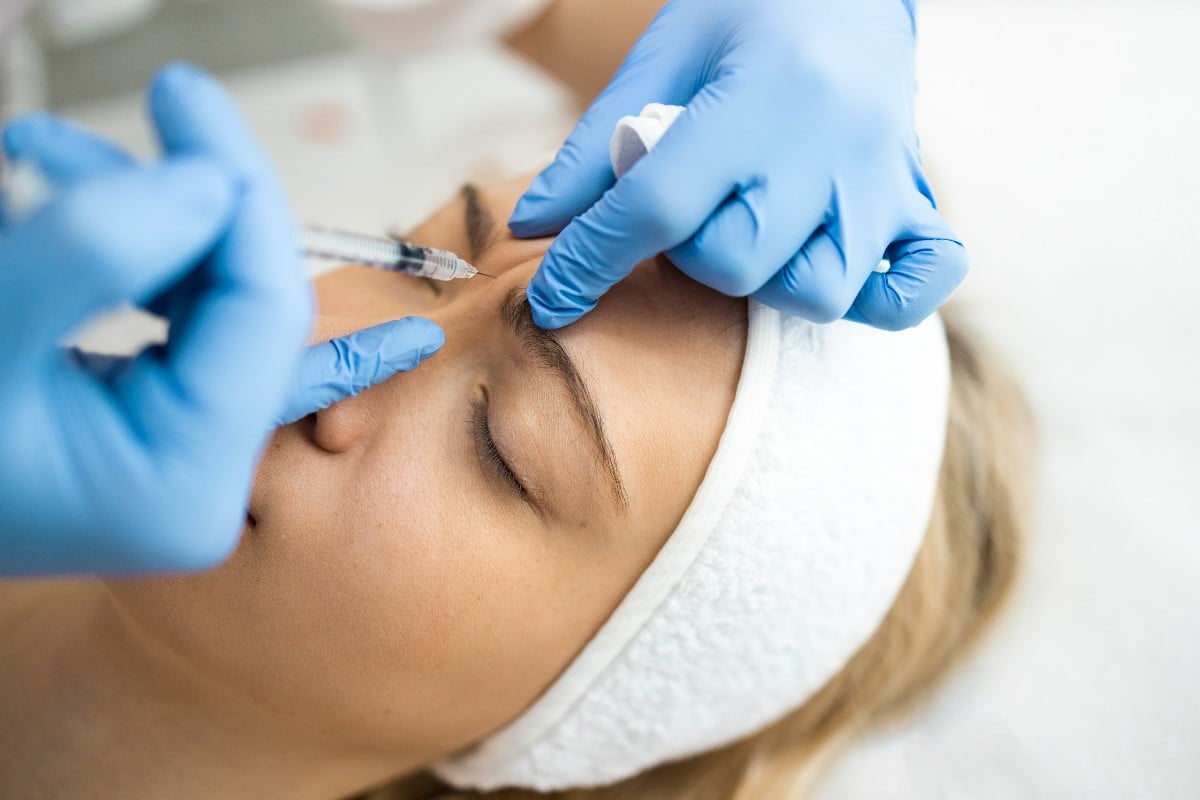
Seventeen women in nine states have fallen ill after getting fake Botox shots, with 13 of them landing in the hospital and one requiring a ventilator, a new report warns.
In the report, published Thursday by the U.S. Centers for Disease Control and Prevention, researchers provided alarming details of patients getting injections outside of a medical setting and then falling ill a few days later.
In one instance, four women attended a gathering at a relative’s home in Tennessee to get Botox injected into their faces to smooth fine lines and wrinkles about three days before their symptoms began. An investigation later showed the injected product was counterfeit and was administered by a person who was not licensed to do so.
“In some cases, providers were concerned about patients’ breathing to the point where they were admitting them to intensive care units to be able to monitor them more closely,” report author Dr. Christine Thomas, a medical director at the Tennessee Department of Health, told NBC News.
She called the situation a “perfect storm.”
“We were seeing the injections happening in homes from people who weren’t licensed, and there was counterfeit product,” Thomas said.
One of the most frightening cases detailed in the NBC News report involved a Colorado woman who got what she thought was Botox. Her vision soon blurred, and she became unusually weak.
Nine days went by before she was hospitalized with trouble swallowing and breathing, and doctors had to intubate her and put her on a ventilator to help her breathe.
They had no idea what was wrong with her until a relative mentioned the woman had recently received Botox injections.
That likely saved her life, Grace Nelson, a disease intervention supervisor at the Denver Department of Public Health and Environment who helped lead that investigation, told NBC News. The family information prompted Nelson’s team to give the woman botulinum antitoxin, to prevent the poison from causing further damage.
Even so, the woman was hospitalized for more than two weeks and needed further rehabilitation, Nelson added.
Fake Botox is not a new problem, George Karavetsos, former director of the FDA’s Office of Criminal Investigations, told NBC News.
“Counterfeit Botox has been in the U.S. supply chain for at least 20 years,” Karavetsos said. “I have personally investigated and prosecuted cases of people who were either importing counterfeit Botox or formulating their own version of counterfeit Botox here in the U.S. to sell to the domestic market, to med spas and other clinicians.”
Efforts to catch people responsible for the tainted products in other countries have been largely unsuccessful, Karavetsos added.
Still, there are several ways to spot risky situations, experts said.
Thomas noted her team found misspellings on the counterfeit bottles. And according to the U.S. Food and Drug Administration, the outer carton on counterfeit Botox products:
-
Displays the active ingredient as “Botulinum Toxin Type A” instead of “OnabotulinumtoxinA.”
-
Indicates 150-unit doses, which is not a unit made by AbbVie or its subsidiary, Allergan Aesthetics.
-
Is printed in a language other than English.
If you do decide to get Botox, have it done in a medical setting by a licensed provider. Thomas recommended making sure providers are licensed appropriately ahead of time.
Don’t be fooled by appearances: “People go in and see a person wearing a white coat. They see what purports to be professionals administering Botox. They’re unwitting victims,” Karavetsos said.
Pricing can be a big clue: One of the women treated in Tennessee “reported paying less for their injections than we know botulinum toxin costs,” Thomas said.
The average price for Botox is about $15 a unit, so a reasonable charge would be $12 to $25 per unit, Dr. Kate Dee, a Seattle physician and spa founder, told NBC News.
More information
Drugs.com has more on botox.
SOURCE: Morbidity and Mortality Weekly Report, July 12, 2024; NBC News
Source: HealthDay
Copyright © 2025 HealthDay. All rights reserved.

Leave a Reply